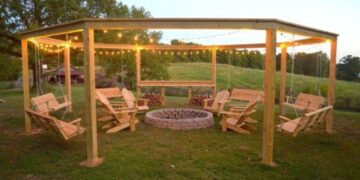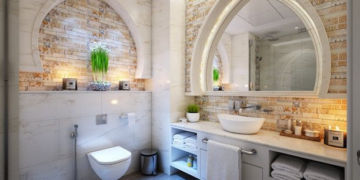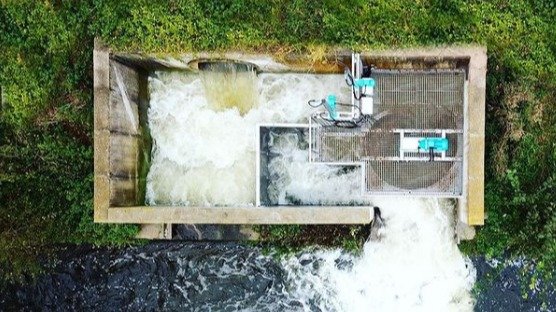Humans have been harnessing the power of water for centuries , using its power to do things like grind down grain into flour. It’s come a long way, of course, with massive hydroelectric generation projects like Hoover Dam using water flow to power entire cities.
Now, a startup is putting a modern spin on this age-old technique, going back to its roots with a smaller scale.
Turbulent , a Belgian company, promises its new whirlpool turbine can power dozens of homes, all using the power of water.
It’s a simple principle.

The flowing waters of a river provide a natural source of energy. Mills have been harnessing this for generations. In more modern times, this same principle can be applied to the production of hydroelectric power, which is where Turbulent’s tech comes in.
Here’s their design.

This unit, known as the Vortex Turbine, harnesses the power of a river or canal. Units can be installed either individually or as a group, and are designed to provide power to regions that are close to waterways.
They’re going worldwide.
The company has already installed its turbines throughout Europe, along with locations in Chile, Congo, and throughout southeast Asia. The turbines are perfect for areas that have access to rivers but aren’t close to any existing power grids.
Here’s one of the turbines.
It might not look like much, but turbines like this one are key to each individual Turbulent project. The size of the turbine varies, as the company offers four models: 15 kW, 30 kW, 50 kW and 70 kW.
Not much height difference is needed.
Turbines work best in waterfalls or rapids — areas where the water drops, creating more energy. This pic shows an ideal spot for placing one of the turbines, but a height difference as low as 1.5 meters — or 5 feet — is sufficient.
Some have been installed in noteworthy locations.
This video pans from the iconic Palace of Versailles near Paris to one of Turbulent’s hydroelectric projects. Much of Turbulent’s infrastructure is located in western Europe — no surprise as the company is headquartered in Belgium.
It’s a fascinating system.
Unlike most water turbine projects which are built on site, many of Turbulent’s materials are prefabricated. This allows them to be manufactured and then delivered to an appropriate site, where they’re later installed.
It’s good for projects big or small.
While the company’s smallest turbine might not power much more than an individual property, Turbulent promises that larger projects are capable of powering dozens of homes near a river on a 24/7 basis.
Is this the future of hydroelectricity?
These turbines occupy a niche in between traditional mills and larger hydroelectric projects. They can be deployed in virtually any river or canal, and using them reduces our reliance on fossil fuels.
Let us know what you think in the comments!
h/t: Turbulent

















































